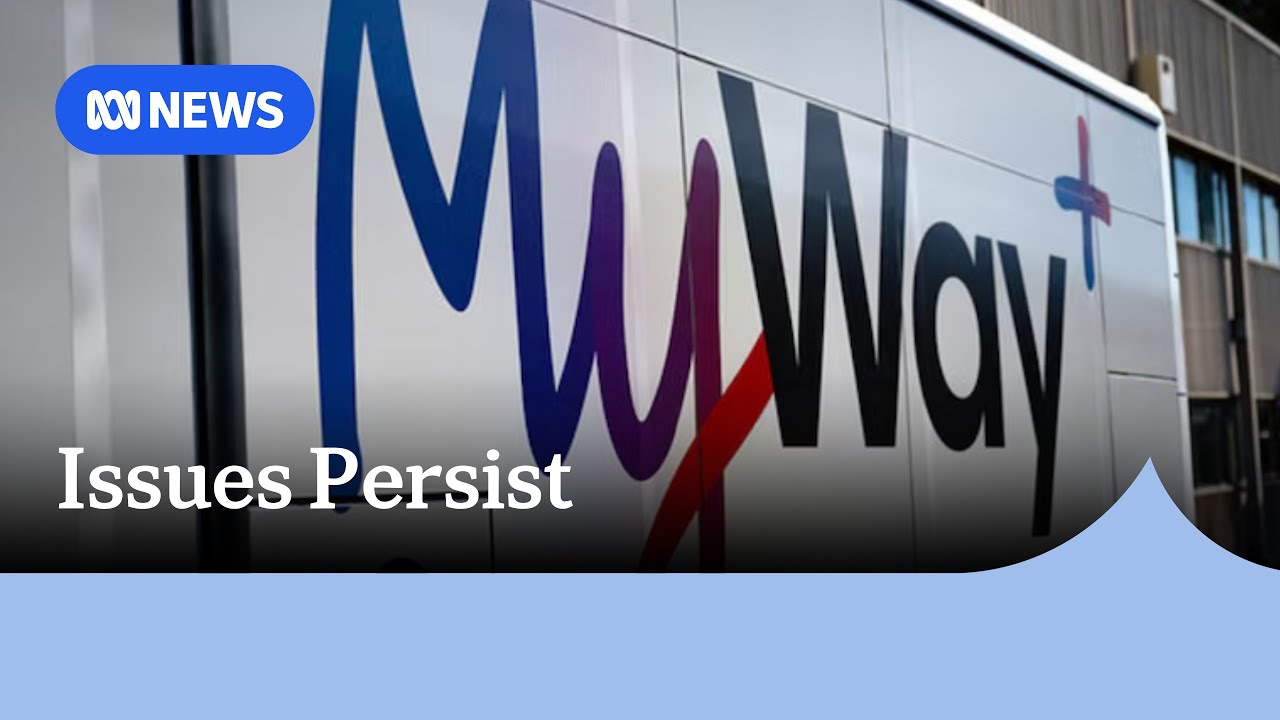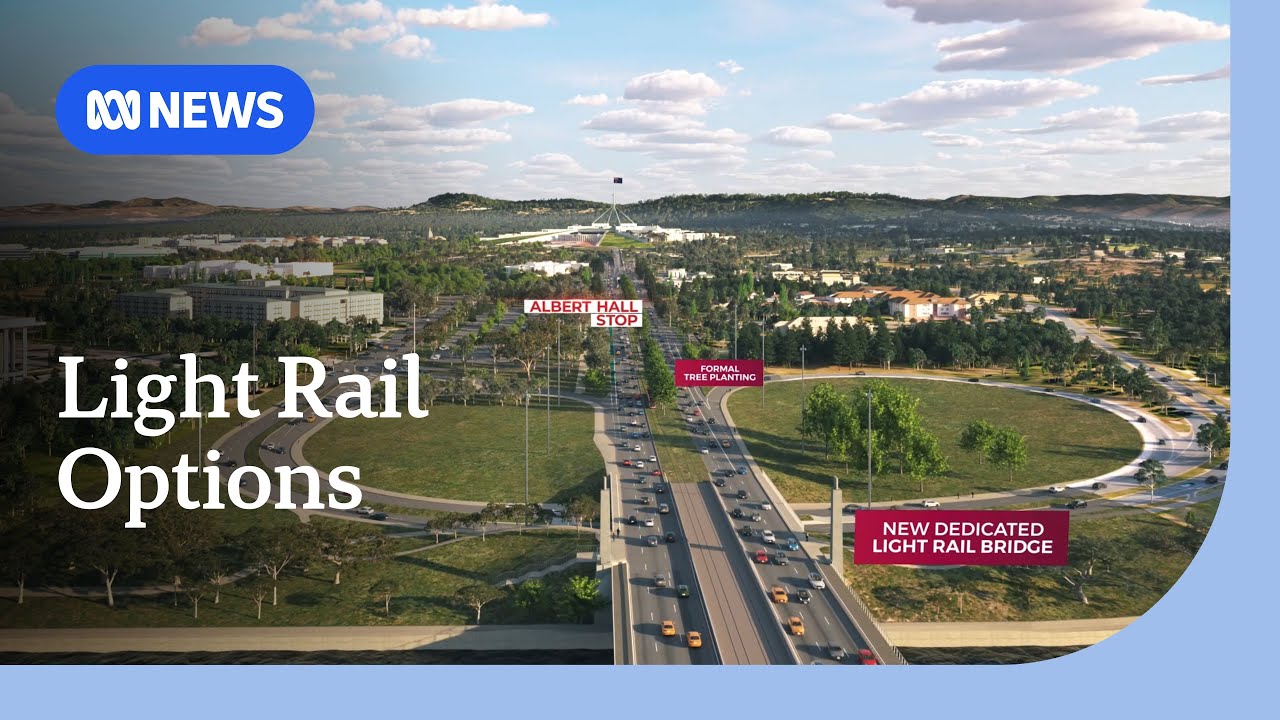Some interesting points raised in this video that we also have to contend with in Queensland.
As a former Canberra resident, can confirm the public transport network is pretty slow for those of us that dwelt in the suburbs - but the windy routes (reflecting Canberra’s windy design) that connect to town centres in the satellite cities and their relative infrequency to the rapid routes (including the tram) are big contributors to that. I would never catch the bus from my home in Moncrieff all the way to work in Woden - parking at Gungahlin town centre was a major time saver and way more convenient than waiting for an infrequent bus that would wind through Casey, Ngunnawal or Amaroo before reaching the change to the tram stop. Once I was on the rapid routes (R1/tram to civic, R4 to Woden), the travel time was probably about 10 minutes slower than driving to Woden, a time penalty that would typically be offset if I parked at the far end of the suburb (where parking was free), a 10-15 minute walk to the office (I am a cheapskate and don’t like to just hand money to corporate carparks ![]() ).
).
In short - rapid network good (especially the R8 for us Gungahlin residents as a direct connection to the major shopping centre at Belconnen ![]() ), ‘last mile’ connections to get home awful.
), ‘last mile’ connections to get home awful.
Advocates often talk about environmental, social benefits and cost because they don’t want to talk about the big downside - time. If the services are not frequent - especially in the off peak - or the route is indirect, or both, it is just not a good value proposition. Worse, there might not even be a service to catch!
Compared to a car trip, catching PT involves:
- walk time at both the start and end of a journey
- wait time
- actual journey time
- potentially indirect and windy route
- interchange time and interchange penalty (in case you miss the connecting service)
- loss of personal space / personal crowding
This is why rapid transit - fast & frequent PT is so important.
Real time information will likely be available on Google Maps in Canberra by the end of the month along with new ticket vending machines to support MyWay+
Figured it would look something like that. Yamba Drive is a high traffic roundabout/intersection, so I’m not sure what running the LRT through it like that will do to traffic flows in the area. Grade separation might have been better, but that would have had to be up (rather than down) due to Yarralumla Ck. The Woden town centre has been in redevelopment towards the light rail being connected for several years now, so it’s good to see concrete plans starting to get released.
I know many of my work colleagues will be keen to see it done too; but admittedly, those of us who lived in Gungahlin and commuted to Woden (as I did for 5 years minus a few months at Symonston) were in the minority, and considered somewhat crazy (or stupid) by those in the majority who lived on the south side ![]()
Light Rail extension plans on display.
Cost must be escalating due to red and green regulation and impacts.
Interesting comment that Brisbane Metro BRT buses were considered but were thought to be “too heavy” for existing roads. Would be interesting to see if this was an opinion or a finding.
I never found capacity between City Bus Station and Woden to be the limiting or frustrating factor (so regular bus vs bigger BRT vehicles I have no strong feelings on). Its the traffic congestion through the Parliamentary Triangle and the diabolical interchange design at City Bus Station the caused all my grief.
So I think a dedicated right of way through the city and Parliamentary Triangle is where the benefits will be generated (but obviously also a lot of the costs with a bridge and a tunnel).
I’m not overly fussed about the vehicle itself that achieves the objective, but the dedicated ROW in this section is definitely something I support, including a new bridge. Keeping it as LRT has the added bonus of no interchange from the Northside in that awful city bus station (but admittedly those of us who are/were Gungahlin - Woden commuters would be a significant minority).
Doing a bus of some form might have achieved some savings by not needing to build the infrastructure from the southern edge of the Triangle through to Woden (T3 lanes already exist that could become bus/taxi only), but I suspect that part of the route is the minority of the costs.
Did you hear that the ACT Government rejected BRT Metro buses like in Bne as they are too heavy for normal road infrastructure. Hence why we use them on the busways only as they can’t presumably take the weight when at capacity. Makes sense now that they don’t allow them on local roads in Bne with the extra weight of passengers. Another thing would be bus stop infrastructure and to need to make them longer.
I’m skeptical of these claims in the absence of data. I believe they run on ordinary roads overseas in Switzerland, and road surfaces could be strengthened.
150 pax x 100kg each = 1.5 tonne passenger weight, doesn’t seem excessive.
There could be a case to introduce BRT in the ACT on all pre-light rail corridors rather than just wait.
Actually 150 x 100kg is 15 tonnes. I think using 80kg is probably a better average weight. That would make 150 pax about 12t plus the tare of the bus. I don’t think the problem per se is the weight in and of itself. I think the problem is that it will mean more wear and tear on the road surface leading to higher maintenance costs. I doubt a bi artic bus would have more impact than a semi trailer.


